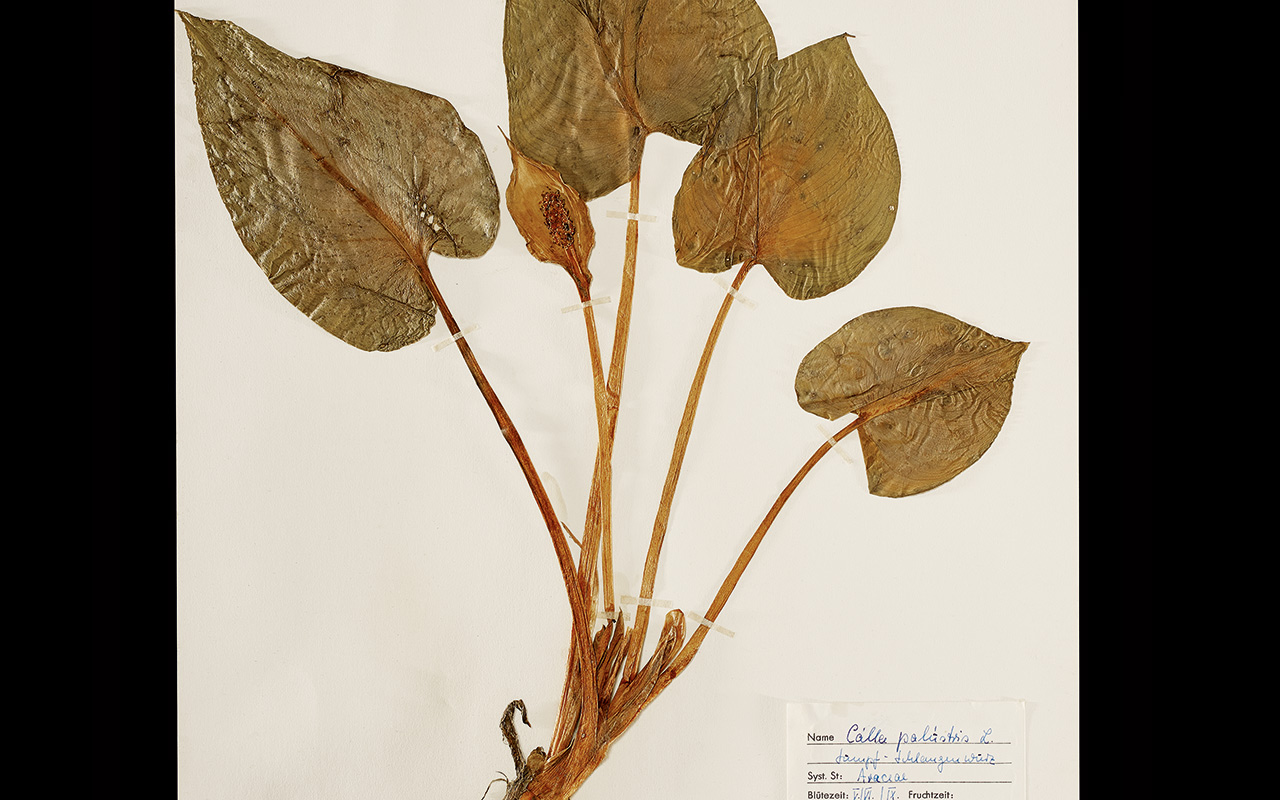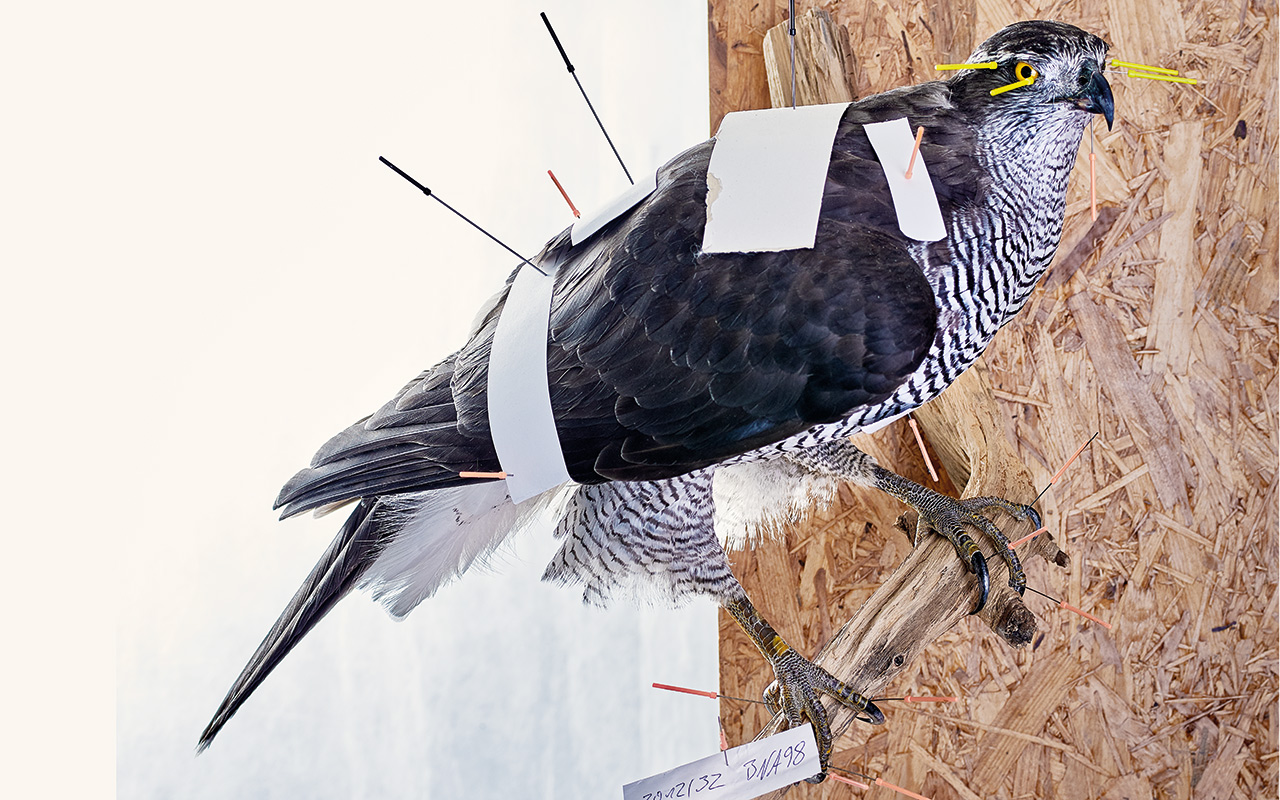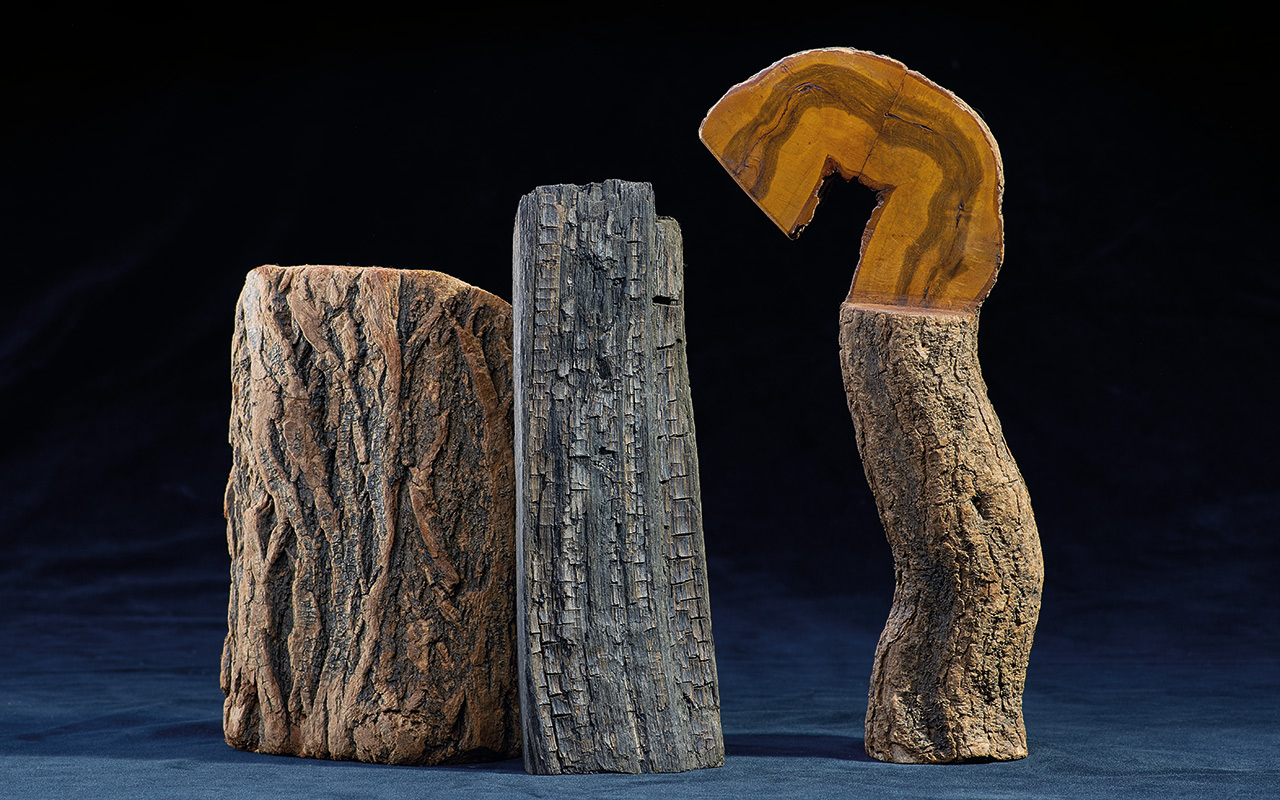Sammelsurium – display repository and collections
Many visitors associate the museum with magnificent exhibits that are beautifully arranged - some of which are behind glass, but some they can actually touch. Only a small part of the collection is on display in the exhibitions, however. Where are all the other treasures that are not on display kept hidden?
Since 2000, the Museum of West Lusatia’s collections have been kept in state-of-the-art air-conditioned and dust-proof storage rooms equipped with positioning units. More than 30,000 objects from West Lusatia are conserved and made available for research in the areas devoted to archaeology and cultural history, geology and biology.
Another key part of the museum’s work is carried out in these rooms. This is where archaeologists are at work, surveying, drawing and archiving shard after shard, along with geologists who continually expand the collections of magnificent crystals and rare fossils. The zoology department with its taxidermy workshop is also located in the Sammelsurium.
Archaeology collection

The archaeological storage room has plenty of space in which to accommodate the many finds from the region’s prehistoric, early historic, medieval and modern periods.
Zoology collection

Since 1990, the work carried out by the Zoology department has focused on compiling the most extensive possible ecofauna series of vertebrates from the western part of Upper Lusatia.
Botanical collection

The Museum of West Lusatia’s botanical collection currently comprises 2,714 catalogued specimens.
Geology collection

Since the 1980s, the main focus of the geoscientific collection has been on the petrography of Proterozoic rocks, and since 2003 on the paleobotanical specimens of the Miocene, and since 2005 on the Oligocene volcanic rocks found in Upper Lusatia.
Cultural history collection

Eventful moments in history are reflected in the current holdings of the cultural history collection.











